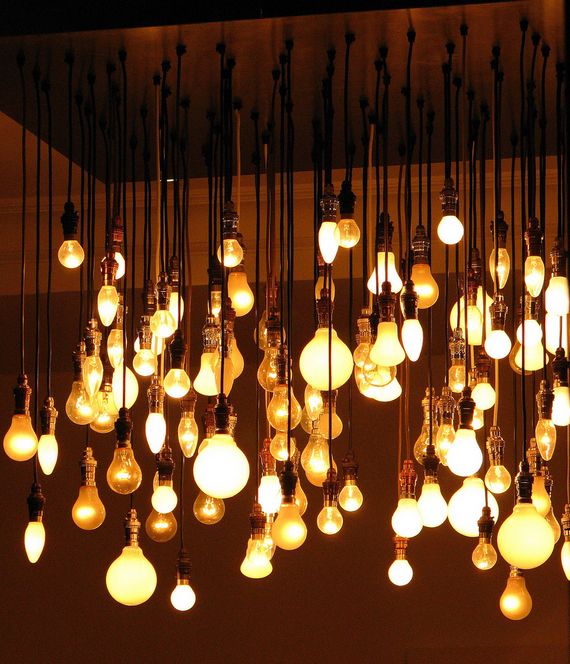Anti-Polish sentiment is so pervasive that even Poles I meet in Warsaw often ask me, somewhat suspiciously—perhaps rightly so—and somewhat incredulously—the part that troubles me—why I came here. Colleagues in the U.S. threaten jokes. Unfortunately, I can’t self-righteously blame them. As much as I abhor the prejudice, I cannot avoid being keenly aware that my choices may align me with it irrevocably in at least mildly disempowering ways. From far too many perspectives, apparently Polishness is catching, and like a bad cold, undesirable. So this morning, as I sipped my tea and slathered Wasa with twaróg and powidła śliwkove—traditional Polish fresh cheese and plum butter, which are inspiringly delicious—I asked myself, “What’s in a joke?”
The short and perhaps obvious answers are history and media. I offer obvious only because, after two weeks in Warsaw, I have come to learn that nothing can be experienced or discussed without beginning and grappling with history. Unlike in the U.S., where history seems easily dismissed from the everyday, if ever considered, no bit of my day nor conversation I have had here—that I could fully understand, mind you—has been exempt from references to history, particularly 20th century events, but often also to 18th and 19th century events. I am not exaggerating.

Whether out for beers, at a party, buying a bus pass, shopping for groceries, talking with artists and scholars, chatting with strangers at a café, or hanging out with friends, history participates so vividly that I do not hesitate to substantiate it as an interlocutor. As for media, we all know what Hollywood can do.
A brief history lesson. Poland did not exist on the map for more than one hundred years. To reduce complexity to a sentence, it was partitioned over the last quarter of the 18th century between Russia, Prussia, and Austria ostensibly to maintain a balance of power and avoid war between the three powers. The republic was not restored until after WWI, in 1918, which is, coincidentally, one year before Wasa began making crispbread. To illustrate one of the ways that history participates in the everyday in Warsaw, “Delicious breakfast,” I say. “Oh yes, that Wasa was invented about the time Poland was restored to the map.”
For a bit more nuance and all of Polish history in ten minutes, check out this video, and note particularly the visionary bits in the 16th century including Copernicus kicking off modern astronomy, the Warsaw Confederacy wherein Poland supports freedom of religion and offers a safe haven to Muslims, Jews and Christians, plus a tripartite governmental structure separated into executive, legislative, and judicial branches and the practice of voting for kings. See also the world’s first ministry of education, inaugurated by King Poniatowski in 1773, one year after the first partition, and the signing, in 1791, of the world’s second (after the U.S), and Europe’s first, constitution, four years before the eradication of the Commonwealth altogether in the final partition of 1795 by neighbors “who saw Poland’s ideas of freedom and democracy as threatening.”
The Poles did not take negation lying down, and both the 19th and 20th centuries are characterized by uprisings and include significant innovations. Among the latter are counted Ignacy Łukasiewicz kicking off the modern history of petroleum by refining kerosene from crude oil, Chopin’s contributions to music, and Marie Skłodowka-Curie’s contributions to science. Among the former, Poland was the first to fight against Germany in what became WWII, and they led the way for the fall of communism in Eastern Europe with Solidarność.
Now, for the history and media one-two that has diminished and erased the spirit of the positive record offered above in favor of the joke and worse. Beyond saying that anti-Polish persecution and sentiment began in Europe before the 18th century, found solid footing in the U.S. beginning in the 19th century as displaced Poles immigrated to find work, and was notched up a level by Hollywood portrayals in the 20th century, I find reducing this answer into a useful sentence or paragraph impossible. The 18th, 19th, and 20th centuries collide and weave a fabric of nuance so weighty it infiltrates my actions and interactions in Warsaw from breakfast until bed.
Thus, to answer this question more substantially for myself, I’ve begun a bibliography, and I offer it to you:
Anti-Polish Sentiment & Popular Culture
- Bieganski: The Brute Polak Stereotype in Polish-Jewish Relations and American Popular Culture, Danusha Goska (2010)
- Hollywood’s War with Poland, 1939-1945, M.B.B. Biskupski (2009)
- Rethinking Poles and Jews: Troubled Past, Brighter Future, Edited by Robert Cherry and Annamaria Orla-Bukowska (2007)
Poland & WWII
- The Eagle Unbowed: Poland and the Poles in the Second World War, Halik Kochanski (2012)
- No Greater Ally: The Untold Story of Poland’s Forces in World War II, Kenneth K. Koskodan (2011)
Poland & the Holocaust
- Secret City: The Hidden Jews of Warsaw, 1940-1945 Gunnar S. Paulsson (2003)
- Forgotten Holocaust: The Poles Under German Occupation, 1939-1944, Richard C. Lukas (2001)
- A Surplus of Memory: Chronicle of the Warsaw Ghetto Uprising, Yitzhak (“Antek”) Zuckerman, translated by Barbara Harshav (1993)
***
photo credit for featured image: thegreenextract.com

